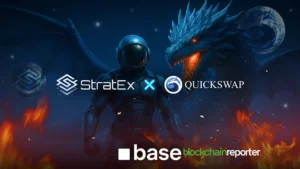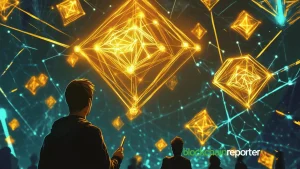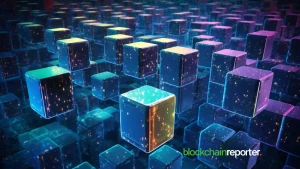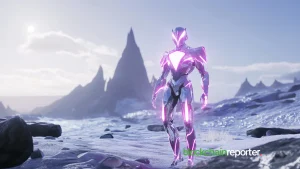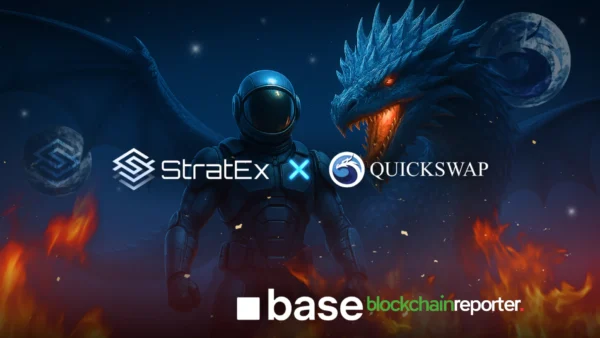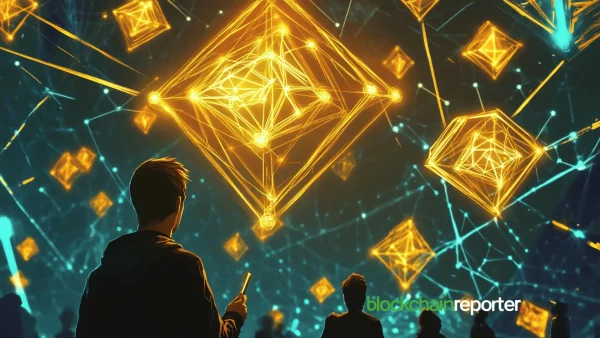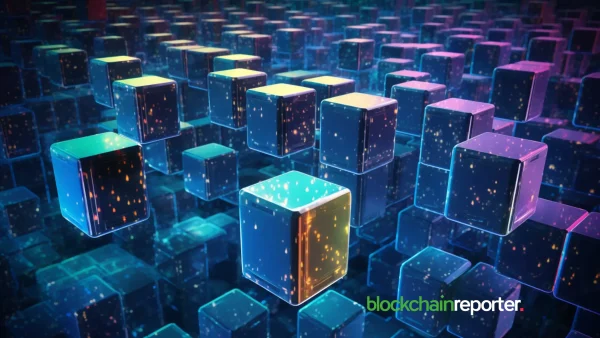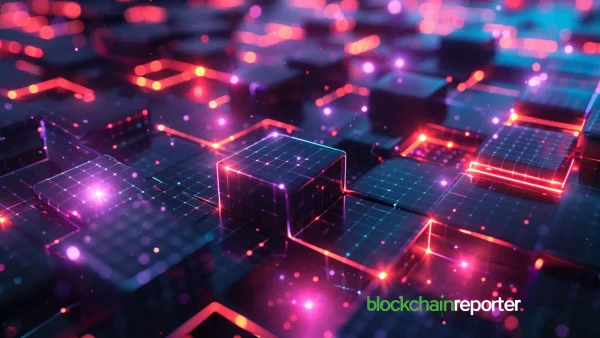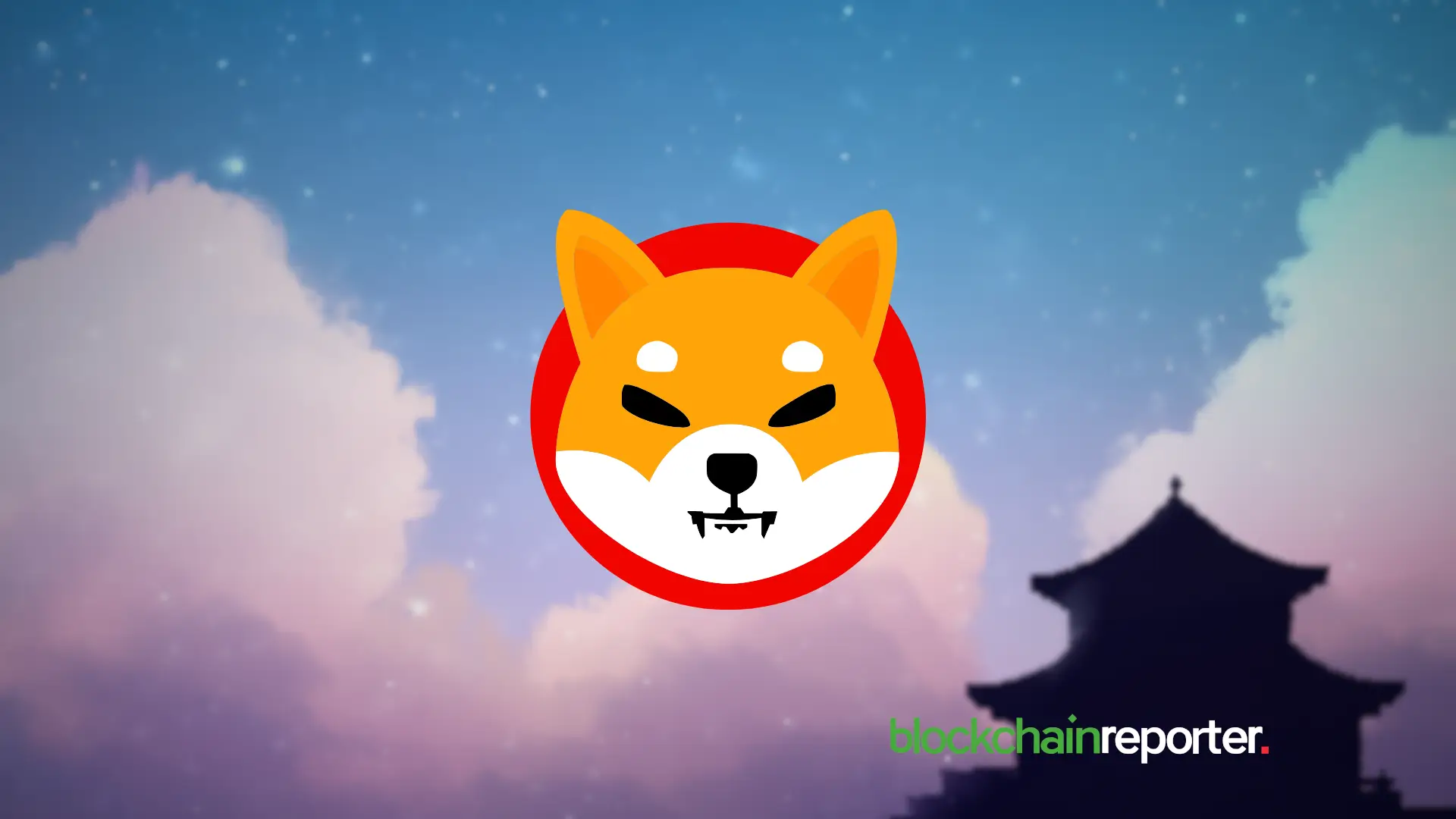
Overview of Shibarium Blockchain
The world of cryptocurrencies and blockchain technology is ever-evolving, and among the newest innovations is the Shibarium blockchain. Designed to address various challenges faced by existing platforms, Shibarium offers a robust, decentralized finance (DeFi) ecosystem with increased scalability, reduced gas fees, and improved interoperability. This next-generation blockchain infrastructure aims to revolutionize the digital asset landscape and foster the development of decentralized applications (dApps) and smart contracts.
Security and Consensus Mechanism
The core of the Shibarium ecosystem lies in its advanced blockchain technology, which utilizes a decentralized ledger and cryptographic hashing. This ensures secure and transparent transactions while providing a robust platform for digital assets. One of the key features of the Shibarium blockchain is its consensus mechanism, which employs a Proof of Stake (PoS) model. This model incentivizes validators and delegators to participate in maintaining the network’s security and processing transactions, resulting in a more energy-efficient and environmentally friendly approach compared to Proof of Work (PoW) systems.
Scalability and Performance
Shibarium’s scalability is achieved through its Layer-2 solution, sidechain technology, and transaction throughput optimization. These features help to reduce congestion on the network and provide faster transaction processing times. Furthermore, gas optimization techniques are implemented to minimize the cost of executing smart contracts and other on-chain operations.
Tokenomics and Governance
The platform’s native token plays a vital role in the Shibarium ecosystem, as it serves multiple functions, including staking, governance, and facilitating token swaps. The tokenomics model of Shibarium is designed to ensure a fair distribution and long-term sustainability of the ecosystem.
NFTs and Tokenization
One of the main attractions of the Shibarium blockchain is its support for non-fungible tokens (NFTs) and tokenization. This enables creators and collectors to mint unique digital assets that can be bought, sold, and traded on the platform. Additionally, Shibarium’s decentralized exchange (DEX) allows users to engage in peer-to-peer trading without the need for intermediaries.
Interoperability and Cross-Chain Solutions
Interoperability is another key feature of the Shibarium ecosystem, as it facilitates seamless cross-chain communication and interaction between different blockchain networks. Bridge solutions and oracle integration ensure that data and assets can be securely transferred between Shibarium and other platforms.
Developer Tools and dApps
Developers can take advantage of Shibarium’s extensive toolset and smart contract languages to build innovative dApps and other blockchain-based applications. Wallet integration and developer tools make it easy for users to interact with the platform and manage their digital assets.
DeFi Opportunities: Yield Farming and Liquidity Pools
Yield farming and liquidity pools are essential components of the DeFi landscape, and Shibarium is no exception. Users can participate in yield farming by providing liquidity to various pools, thereby earning passive income in the form of tokens or other rewards. Decentralized finance applications built on Shibarium can offer various services, including lending, borrowing, and asset management.
Conclusion
In conclusion, the Shibarium blockchain represents a significant step forward in the world of decentralized finance and digital assets. By offering a scalable, secure, and interoperable platform, Shibarium paves the way for the development of innovative dApps, smart contracts, and tokenization solutions. Its commitment to energy efficiency, robust tokenomics, and community-driven governance makes it a promising addition to the blockchain landscape.
READ MORE:
Bone ShibaSwap is on for a Bull Run Amid this Weeks Anticipated Shibarium Launch
Shiba Inu (SHIB) Burn Rate Go Past 700% after the Official Shibarium Confirmation
Shiba Inu’s Shytoshi Kusama’s Tweet Seeming to Be Related to Shibarium Launch
Frequently Asked Questions
What is Shibarium?
Shibarium is a next-generation blockchain ecosystem designed to address challenges faced by existing platforms. It focuses on providing a robust, decentralized finance (DeFi) ecosystem with increased scalability, reduced gas fees, and improved interoperability, enabling the development of decentralized applications (dApps) and smart contracts.
How does the Shibarium consensus mechanism work?
Shibarium employs a Proof of Stake (PoS) consensus mechanism. This model incentivizes validators and delegators to participate in maintaining the network’s security and processing transactions. The PoS model is more energy-efficient and environmentally friendly compared to Proof of Work (PoW) systems.
What features does Shibarium offer for scalability and performance?
Shibarium achieves scalability through its Layer-2 solution, sidechain technology, and transaction throughput optimization. These features help to reduce network congestion and provide faster transaction processing times. Gas optimization techniques are also implemented to minimize the cost of executing smart contracts and other on-chain operations.
How do tokenomics and governance work on the Shibarium platform?
Shibarium’s native token serves multiple functions, including staking, governance, and facilitating token swaps. The tokenomics model is designed to ensure fair distribution and long-term sustainability of the ecosystem. Token holders can participate in community-driven governance by voting on protocol upgrades, privacy features, and other important decisions.
Does Shibarium support non-fungible tokens (NFTs)?
Yes, Shibarium supports non-fungible tokens (NFTs) and tokenization. This allows creators and collectors to mint unique digital assets that can be bought, sold, and traded on the platform. Shibarium’s decentralized exchange (DEX) also enables peer-to-peer trading without intermediaries.

